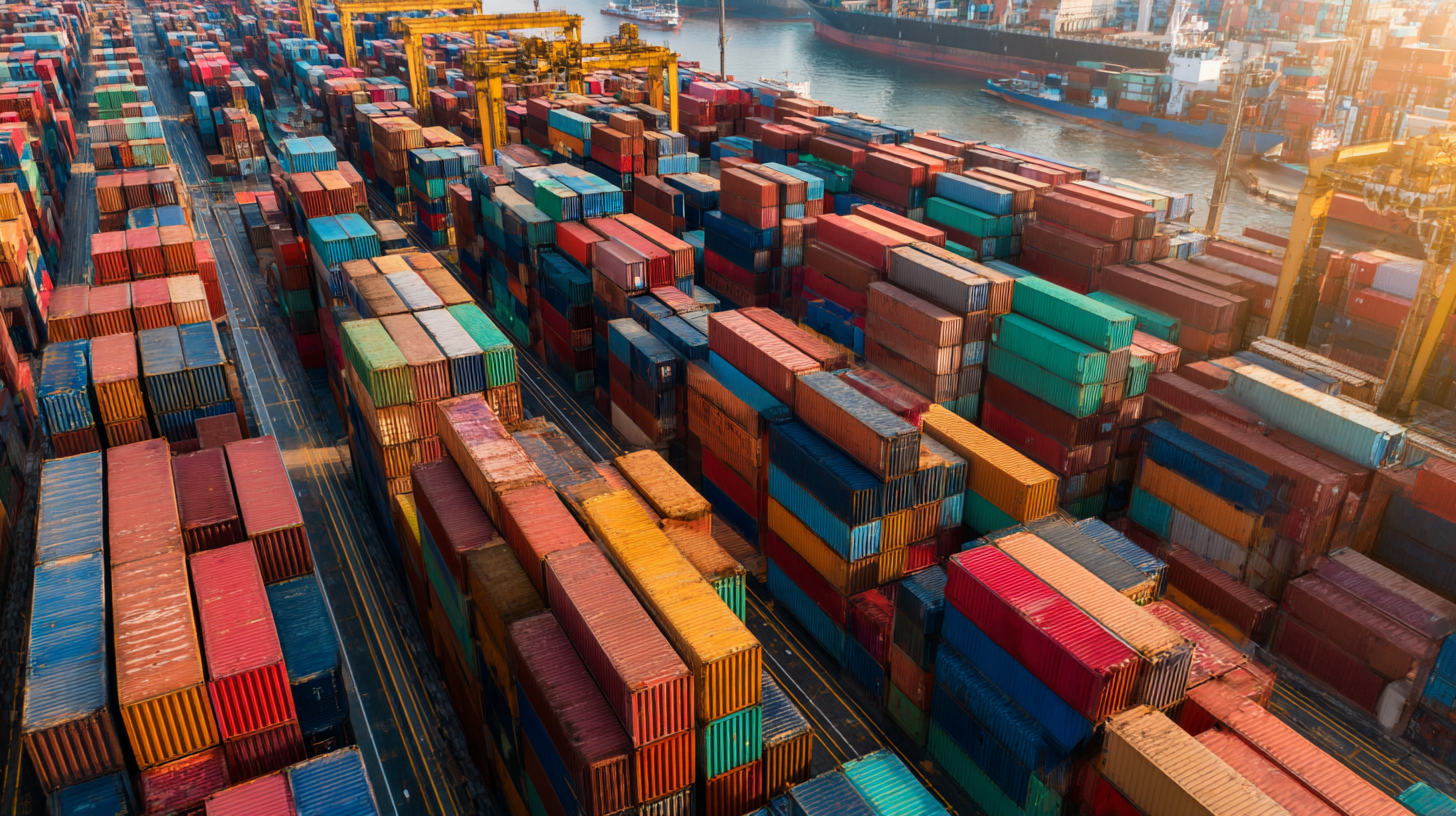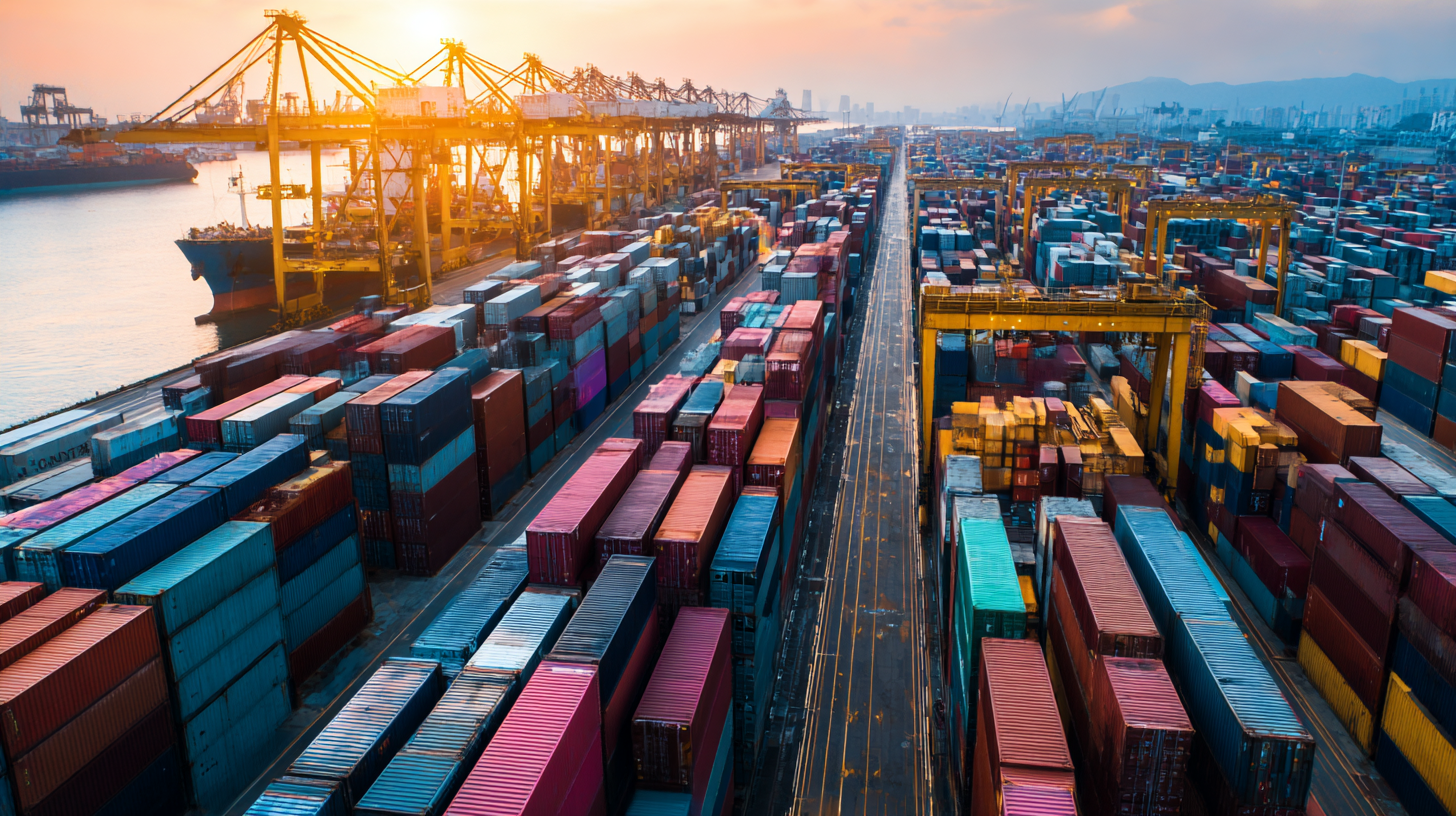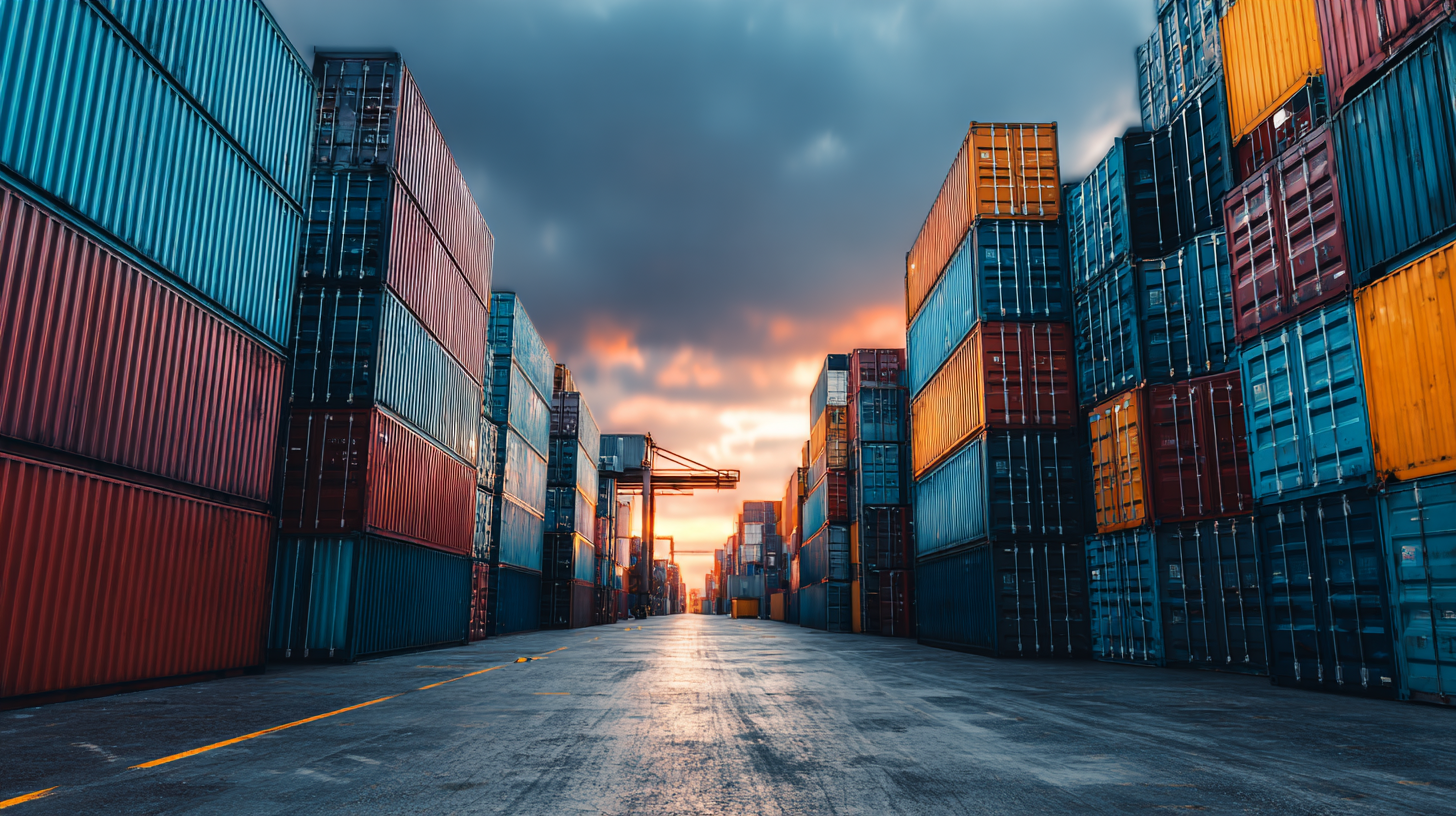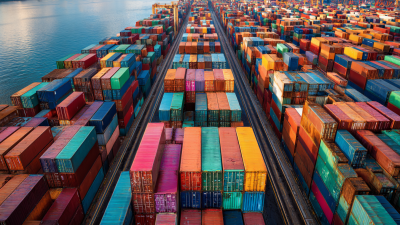Why Container Packaging Transforms Supply Chain Efficiency
In the rapidly evolving landscape of supply chain management, container packaging has emerged as a pivotal element in enhancing operational efficiency. According to a report by the International Data Corporation (IDC), companies that optimize their packaging solutions can reduce logistics costs by as much as 20% while improving delivery times by 15%. The utilization of innovative container packaging not only streamlines the transportation process but also minimizes waste and maximizes space utilization.
 As organizations increasingly adopt digital technologies, the integration of smart container packaging systems is set to revolutionize inventory management and tracking. A recent survey by McKinsey & Company found that leveraging data analytics in container packaging design can lead to a 30% increase in overall supply chain efficiency. With these compelling data points, it’s clear that container packaging is not merely a logistical necessity but a strategic asset that can transform supply chain dynamics.
As organizations increasingly adopt digital technologies, the integration of smart container packaging systems is set to revolutionize inventory management and tracking. A recent survey by McKinsey & Company found that leveraging data analytics in container packaging design can lead to a 30% increase in overall supply chain efficiency. With these compelling data points, it’s clear that container packaging is not merely a logistical necessity but a strategic asset that can transform supply chain dynamics.
Understanding the Role of Container Packaging in Modern Supply Chains
Container packaging plays a pivotal role in modern supply chains by enhancing efficiency and streamlining logistics. The fundamental advantage of containerization lies in its ability to standardize shipping processes across various modes of transportation, from sea to rail to road. As products are packed in uniform containers, it becomes easier to load, unload, and transfer goods between different transport systems without the risk of damage or loss. This standardization decreases the time spent on handling and improves overall transit times, ensuring that products reach their destinations swiftly.
Moreover, container packaging enhances inventory management and visibility throughout the supply chain. With the use of RFID tags and barcodes on containers, businesses can track shipments in real-time, enabling better forecasting and demand planning. Such transparency not only reduces the chances of stockouts but also minimizes excess inventory, ultimately leading to cost savings. By implementing effective container packaging strategies, companies can respond more agilely to market changes and customer demands, fostering a more resilient supply chain.

Key Benefits of Optimizing Container Packaging for Efficiency
Optimizing container packaging is essential for enhancing supply chain efficiency, as it directly impacts storage, transportation, and handling processes. By utilizing standardized container sizes, businesses can maximize space utilization in warehouses and vehicles. This not only reduces storage costs but also streamlines operations, allowing for quicker loading and unloading times. Efficient packaging design minimizes wasted space and prevents damage during transit, which is crucial for maintaining product integrity and customer satisfaction.
Moreover, innovative container packaging solutions contribute to sustainability efforts. Companies that adopt eco-friendly materials and designs can often reduce excess weight and volume, leading to lower transportation emissions. This shift towards sustainable practices not only meets consumer demands for greener options but also fulfills regulatory requirements, creating a positive feedback loop that enhances brand reputation and market competitiveness. In essence, well-optimized container packaging transforms supply chain logistics into a more efficient, cost-effective, and environmentally friendly operation.
Implementing Best Practices for Container Packaging in Logistics
Implementing best practices for container packaging in logistics can significantly enhance supply chain efficiency. The first step involves selecting the right packaging materials that not only protect the products but also optimize space utilization. Materials such as corrugated boxes and biodegradable plastics are popular choices, as they provide durability while being environmentally responsible. Furthermore, using standardized container sizes can help streamline the packing process, reducing wasted space during shipping and enabling better stacking and storage in warehouses.
Another key practice is to develop uniform labeling and barcoding systems. This simplifies inventory management and allows for real-time tracking of shipments. Efficient labeling ensures that packages move swiftly through the supply chain, minimizing delays caused by miscommunication or manual errors. Additionally, training staff on proper packing techniques can reduce the risk of damage, ensuring that products reach their destination intact. By focusing on these best practices, companies can achieve a more responsive and agile supply chain, ultimately leading to improved customer satisfaction and lower operational costs.
Measuring the Impact of Container Packaging on Supply Chain Performance
Container packaging plays a pivotal role in enhancing supply chain performance by offering streamlined logistics and optimized storage solutions. One of the key metrics for measuring its impact is the reduction in transportation costs. By maximizing the use of space within containers, companies can transport larger quantities of goods in fewer trips, minimizing fuel consumption and associated emissions. This efficiency not only cuts costs but also allows for quicker delivery times, ultimately benefiting both suppliers and consumers.
Another significant aspect is the improvement in inventory management. Container packaging enables businesses to adopt just-in-time inventory practices, reducing the need for large storage areas and decreasing the risk of overstock or stockouts. When goods are packaged in standard containers, they can be easily tracked and managed throughout the supply chain. This visibility enhances decision-making and responsiveness, allowing companies to adapt swiftly to market changes and demand fluctuations, thereby positively influencing overall supply chain performance.
Why Container Packaging Transforms Supply Chain Efficiency - Measuring the Impact of Container Packaging on Supply Chain Performance
| Dimension | Before Container Packaging | After Container Packaging | Percentage Improvement |
|---|---|---|---|
| Shipping Costs | $15,000 | $10,000 | 33.33% |
| Damage Rate (%) | 5% | 1% | 80% |
| Delivery Time (days) | 7 | 5 | 28.57% |
| Inventory Turnover Ratio | 4.0 | 5.5 | 37.50% |
| Customer Satisfaction (%) | 80% | 90% | 12.50% |
Future Trends in Container Packaging and Supply Chain Innovations
The landscape of container packaging is evolving rapidly, driven by trends aiming to enhance
supply chain efficiency and sustainability. Reports indicate that approximately 30% of edible food produced globally is lost or wasted, primarily during transportation and storage stages. This alarming statistic emphasizes the critical need for advanced packaging solutions that extend shelf life and reduce spoilage. Innovations such as active packaging technologies are emerging, enabling packaging to maintain and even improve the quality of its contents, thus directly addressing waste issues.
Looking ahead, the integration of logistics technologies is set to revolutionize the food packaging industry by 2025. Key trends include the implementation of AI, IoT, and blockchain, which facilitate real-time tracking and automated decision-making throughout supply chain processes. Particularly, the advent of reusable food packaging is gaining traction as businesses aim to transition away from single-use plastics, aligned with global sustainability goals. As the demand for eco-friendly solutions grows, businesses are leveraging data-driven insights to reshape their packaging strategies, indicating a shift toward more sustainable business models that not only meet consumer preferences but also support a circular economy.

Related Posts
-

12 Exceptional Container Packaging Solutions for Global Buyers
-

Premium Quality Clear Boxes Crafted in China for Global Export
-

How to Choose the Best Plastic Container for Your Storage Needs
-

5 Innovative Tips for Choosing the Best Clear Packaging Solutions in 2023
-

7 Proven Tips to Choose the Best Clear Plastic Containers for Your Needs
-

What are the Benefits of Using Plastic Containers in Everyday Life
